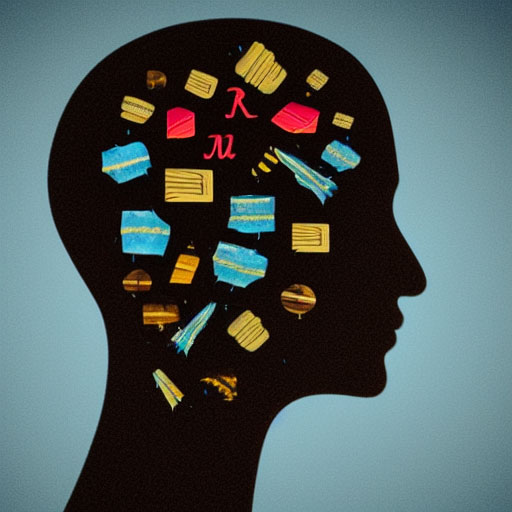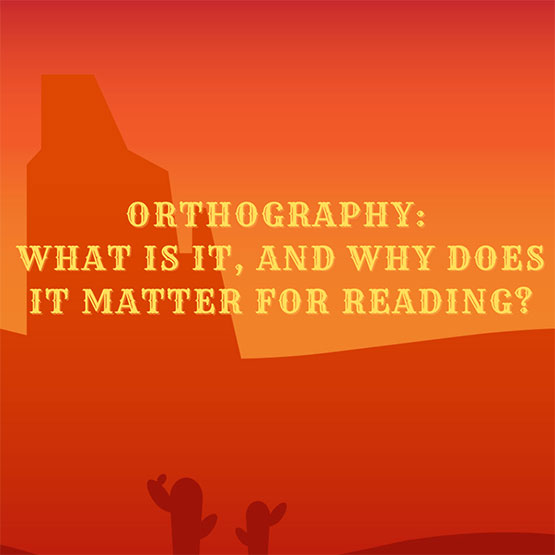Orthography: What is it, and why does it matter for reading?
You’re Not Alone
You’re not alone if you’ve ever wondered about the connection between spelling and reading. The field of orthography—the study of letters and letter combinations in a language—can seem confusing at first glance. However, orthography is a critical component of reading development, and understanding how it works can help you support your child as they learn to read.
Let’s take a closer look at what orthography is and why it matters for reading development.
What is Orthography?
Orthography is the study of letters and letter combinations in a language. Most alphabetic languages have an established set of rules governing how words are spelled; these rules are what we refer to when discussing “correct” spelling. Following these rules allows readers to sound out unfamiliar words using their knowledge of letter-sound correspondences. This also enables them to correctly guess the spelling of new terms they encounter based on their existing knowledge of spelling patterns.
Why Orthography Matters for Reading Development
One reason orthography matters for reading development is that it helps readers understand the connection between spoken and written language. In other words, it helps them know that spoken words are made up of smaller units of sound (phonemes) that can be represented by specific letters or letter combinations (graphemes). This understanding is critical for sounding out unknown words, an essential strategy for beginning readers.
By familiarizing yourself with the rules of spelling and helping your child to understand the connection between spoken and written language, you can give them the tools they need to become skilled, independent readers.
Orthographic mapping refers to the process of linking a letter or group of letters to a specific sound.
Instead of trying to learn or memorize words as a whole, skilled learners take the words they see and break them down into their sounds and spellings. Studies show that strong readers do this automatically as they read.
With orthographic mapping, students connect something new with something they already know. Through listening and speaking, young students store a word’s pronunciation and meaning in their long-term memory. Students turn a written word into a sight word by attaching the phonemes in the word’s pronunciation to the letter sequence of the word. Strong phonemic awareness skills are essential because they can help you break down words into their individual sound units or phonemes. This lets you recognize words by sight since you already know how they sound.
Orthographic mapping is connecting the letters in a word to the sounds they make and store that information in your brain.
It’s important to remember that orthographic mapping happens in your mind when you store and remember words. This is different from memorizing what a word looks like. You can’t teach it directly to students, but you can teach skills like phonemic awareness and phonics, which will help them with orthographic mapping.
The knowledge of orthographic rules can help readers predict the spelling of unfamiliar words, even if they have never seen them before. For example, children who know that adding an -ed to the end of a word usually signals that the word is now in the past tense can make an educated guess as to how to spell words like “walked” or “jumped.” These spelling patterns complement phonemic awareness skills and phonics instruction to give young readers multiple strategies for decoding new words.
Understanding orthography can also help readers develop fluency.
When readers can quickly and automatically recognize words by sight, they can focus on other aspects of reading, like comprehension. Therefore building a strong sight word vocabulary is an essential goal of early reading instruction.

Explicit and Systematic Phonics Instruction
Phonics teaching using explicit and systematic techniques leads to strong orthographic mapping processing capabilities. Furthermore, systematically teaching phonics will strengthen that process and provide students with the correct phonemic skills to become proficient readers.
Orthography
Orthography might seem a dry topic at first glance, but its importance for reading development cannot be overstated. Understanding how letters and letter combinations represent sounds in spoken language helps children sound out new words and spell familiar ones more confidently


